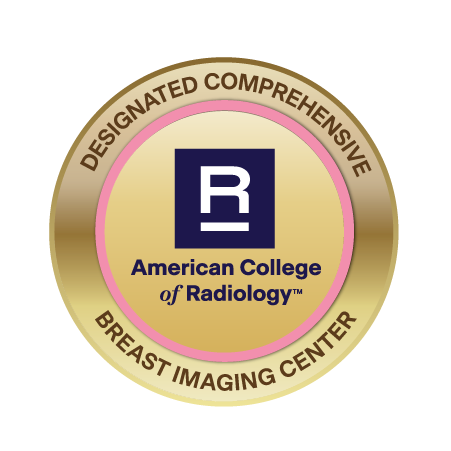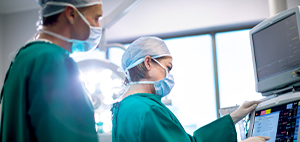At York Hospital Breast Care in York and Wells, we promise you the most accurate diagnosis using the highest quality breast imaging available. We’ll answer all your questions personally and promptly, offering guidance to support treatment decisions based on the best science available. Whether it is a routine mammogram or advanced breast treatment, we’ll provide prompt, personal answers, and expert care with a multidisciplinary team.
Designated Comprehensive Breast Imaging Center
York Hospital Breast Care is one of the few fully accredited American College of Radiology Designated Comprehensive Breast Imaging Centers in Maine and New Hampshire. We’re fully accredited in mammography, stereotactic breast biopsy, breast ultrasound, and ultrasound-guided biopsy.

Get treated by leading experts
Did you know our Breast Care Center is staffed exclusively by breast fellowship-trained radiologists?
The center is also home to dedicated nurse navigators and expert technologists who help you navigate evaluation and treatment, and answer any questions you may have along the way. Our specialized breast care nurses help guide you through detection, diagnosis, and treatment. They work closely with our multidisciplinary team of radiologists, primary care providers, oncologists, surgeons, genetic counselors, clinical trials nurses, and other professionals, meeting regularly to align your diagnosis and treatment plan with current best practices.
Detect breast cancer earlier with 3D mammography
A yearly mammogram can increase your chances of surviving breast cancer by more than 40%. We proudly provide the latest in breast cancer screening. Every patient is imaged with 3D mammography, which allows our radiologists to see breast tissue in ways never before possible. We also offer complete breast ultrasounds for patients with dense breast tissue and targeted ultrasound if needed, as part of your diagnostic imaging work-up. Additionally, our York location provides breast MRI and stereotactic (X-ray guided) breast biopsy services.
Access breast care results the way you want
When scheduling your appointment, you have the option to receive either same-day results live, while you wait, or results within a few days. Live reads are available in York on Mondays and Fridays before 2 p.m. Please note that diagnostic exams for a breast concern or patients returning for additional imaging will receive results live at the appointment. If same-day results aren’t available, you’ll receive results via mail in 4-7 days.
If you’ve already registered for the York Hospital Patient Portal, you may view your results online within 2-7 days. If there is any area on your exam that requires further evaluation, we’ll contact you by phone.






